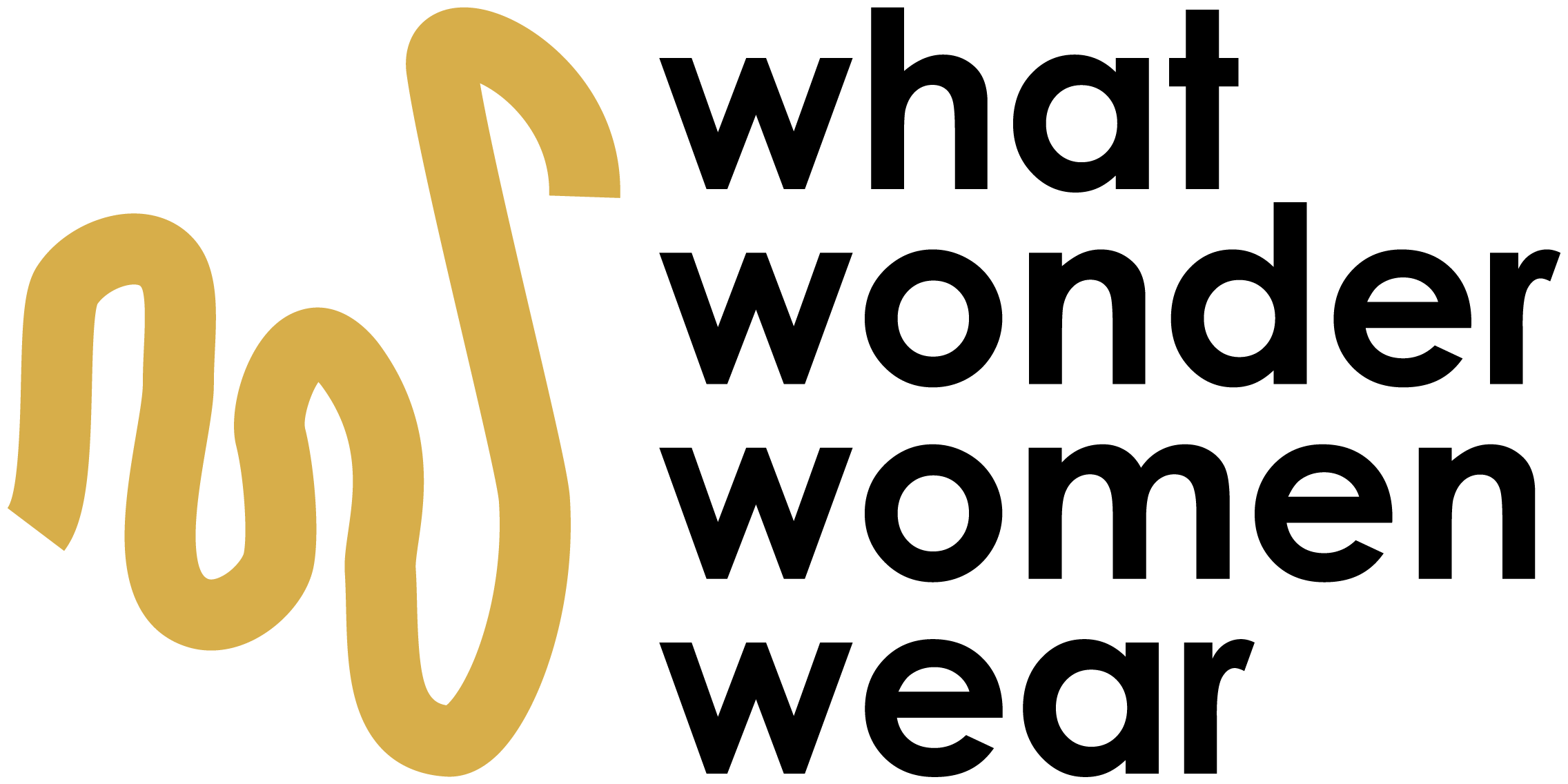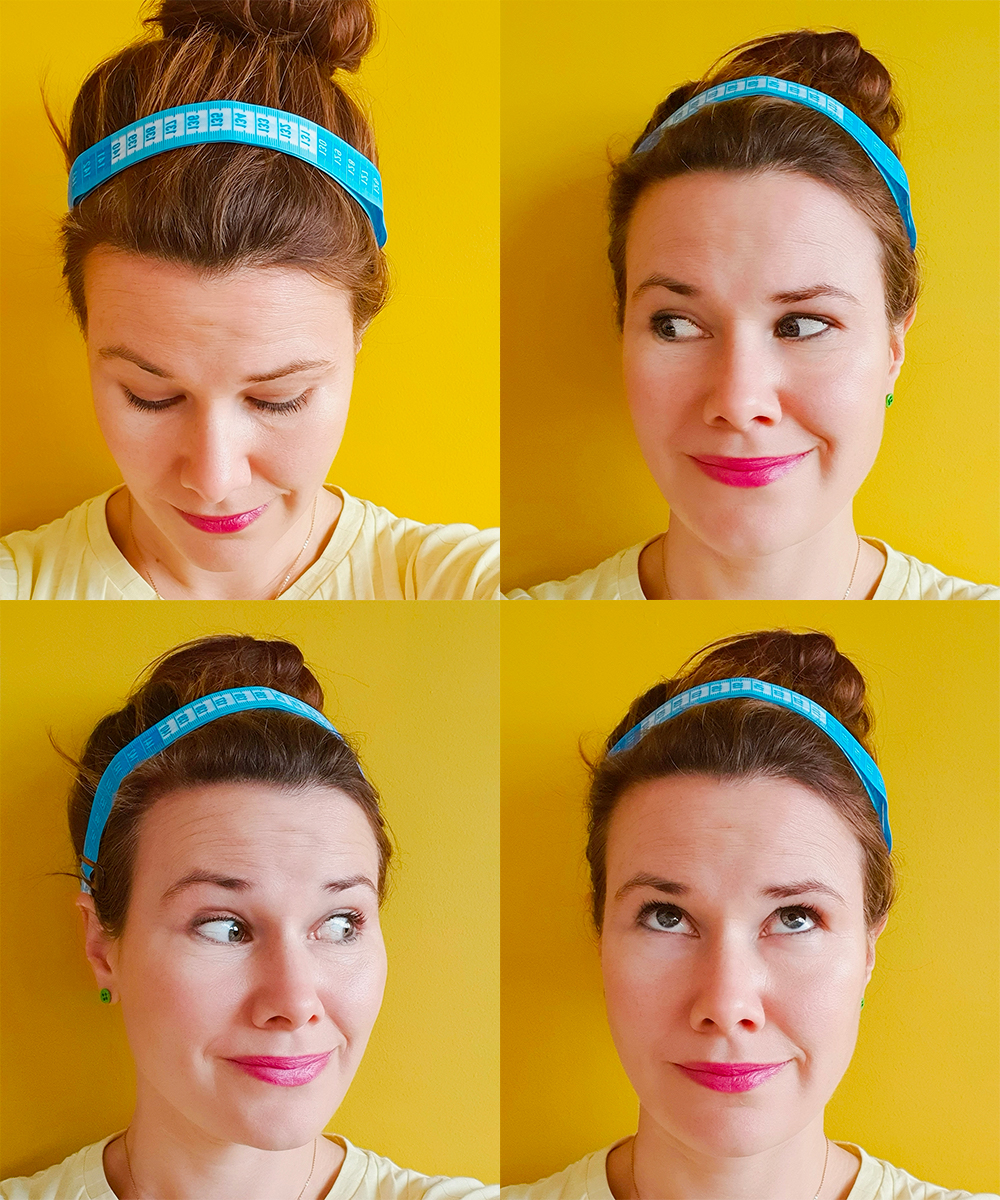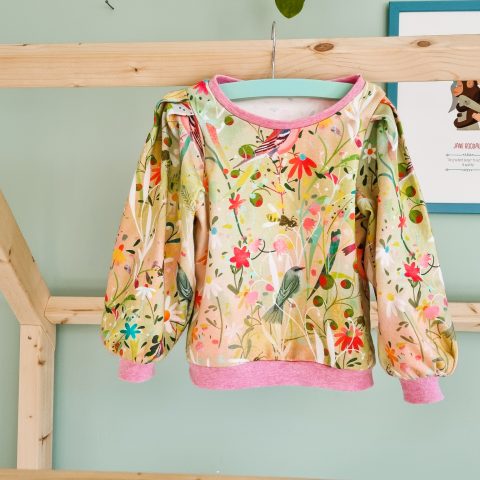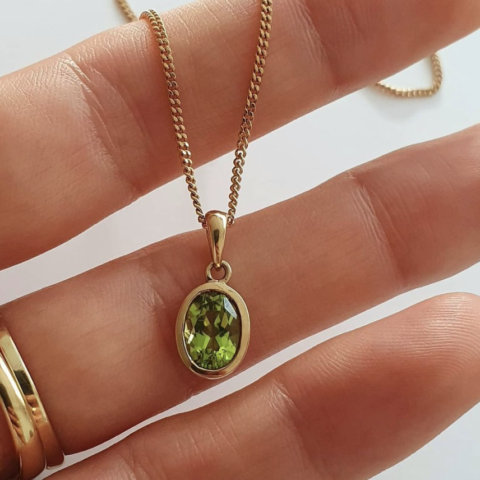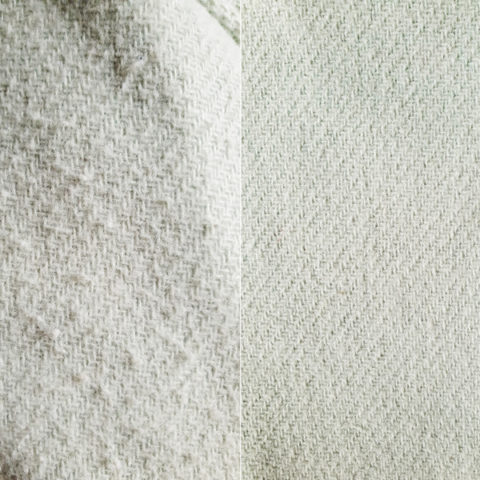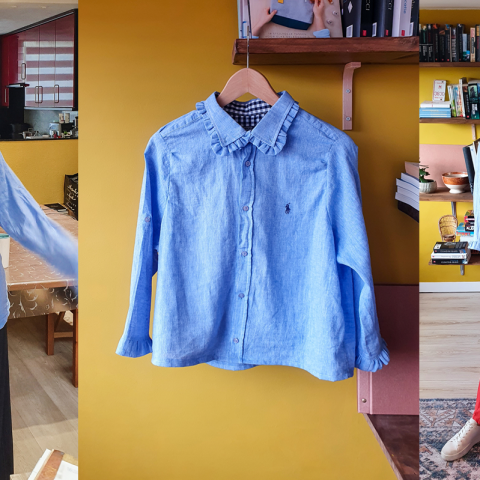Let’s start with the most important message: your body is beautiful as it is. It takes you places, it makes sure you can breathe, think and read this blog. Don’t let any sizing label from the 60s makes you think differently. It’s about the right fit, not the right label.
One of the reasons vintage sizing is differently, is because fashion wasn’t produced on such a massive scale the way that it is today. Clothing was handmade from patterns or tailored to individuals. Also: today’s ideal body sizes and shapes are different from the social norms in the 1950s or 1970s.
Vanity sizing
A size 44 in the 1950s or 60s, could easily be a size 38 today. Marylin Monroe needed a size 42/44 for photoshoots, nowadays she would be wearing a size 36 or 38. Garments from the 1970s can be up to four sizes smaller. And dresses from the eighties and nineties might be one to two sizes larger than your usual size. I once bought a vintage jumpsuit size M online. I tried it on at home and now I have a cameltoe trauma…
The rise of so-called vanity sizing has rendered most labels meaningless. Time Magazine writes about this phenomenon: “As Americans have grown physically larger, brands have shifted their metrics to make shoppers feel skinnier. This has become a source of epic wastefulness. Customers return an estimated 40% of what they buy online, mostly because of sizing issues.”
Measurements vintage clothing
The best way to know if a jacket or dress fits, especially with vintage, is by knowing the measurements of your shoulders, bust, waist, hips and bottoms. It’s really easy and it will save you lots of frustrations and money and the environment needless CO2 emissions of transport.

Bottoms: Measure from either the waist or the hip to the foot (shoes off).
Bust: Measurement taken from the fullest part of the breast with your bra on.
Chest: Measurements taken from the widest part of your chest.
Shoulder: Measurement taken from shoulder tip to shoulder tip.
Waist: Measurement taken from the smallest part of your waist, a little above your belly button.
Hips: Whilst standing in a natural stance measure the fullest part of the hips.
Inseam: Measure from the inner leg at the crouch to the foot (shoes off).
Go big or go home
Once you know your measurements your online vintage shopping experience will be so much more relaxed and certain. No more hoping your order will fit. Returning a vintage piece is also more easy if for some reason it doesn’t fit after all. If your measurements match the measurements of the ordered garment that were given online, you have all the right to send back an item.
When in doubt if a piece will be too tight or not, don’t buy it. If the garment measures 4 centimeters more than your body size, it will fit you quite tightly. You’d supposed to be able to breath freely in your clothing. It’s the least you deserve:)
It’s better to go for a loose fit, that can still be altered by you or a tailor. A really good way to find out what kind of fit you prefer, is to get the measurements of your favorite garments. These numbers are a great compass for your online vintage shopping hunt! Good luck!
